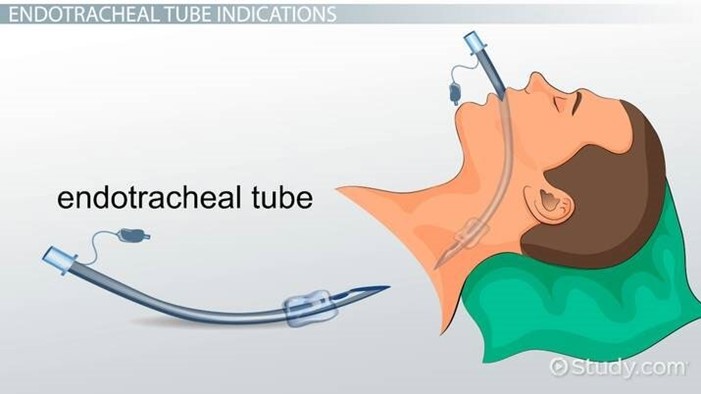A nurse is collecting data from a newborn who has shoulder dystocia. The nurse should identify which of the following findings as an indication of pain?
Lip-smacking
Stiff posture
Weak cry
Tongue-darting
The Correct Answer is B
Answer: B. Stiff posture
Rationale:
A. Lip-smacking : Lip-smacking is not typically an indication of pain in newborns. It may be associated with hunger or neurological responses, but it does not directly indicate discomfort or pain caused by shoulder dystocia or other injuries.
B. Stiff posture : A stiff posture can indicate pain in newborns, as they often exhibit hypertonicity or rigidity when experiencing discomfort. This response is a protective mechanism and may suggest the newborn is reacting to pain from potential nerve or tissue damage caused by shoulder dystocia.
C. Weak cry : While a weak cry may indicate neurological or respiratory distress, it is not a specific sign of pain. In the context of shoulder dystocia, a weak cry could reflect complications such as brachial plexus injury but does not directly signify the presence of pain.
D. Tongue-darting : Tongue-darting is more commonly associated with neurological issues or feeding difficulties rather than pain. It is not a typical behavioral response to discomfort or injury in newborns experiencing complications like shoulder dystocia.
Nursing Test Bank
Naxlex Comprehensive Predictor Exams
Related Questions
Correct Answer is B
Explanation
Answer: B. Stiff posture
Rationale:
A. Lip-smacking : Lip-smacking is not typically an indication of pain in newborns. It may be associated with hunger or neurological responses, but it does not directly indicate discomfort or pain caused by shoulder dystocia or other injuries.
B. Stiff posture : A stiff posture can indicate pain in newborns, as they often exhibit hypertonicity or rigidity when experiencing discomfort. This response is a protective mechanism and may suggest the newborn is reacting to pain from potential nerve or tissue damage caused by shoulder dystocia.
C. Weak cry : While a weak cry may indicate neurological or respiratory distress, it is not a specific sign of pain. In the context of shoulder dystocia, a weak cry could reflect complications such as brachial plexus injury but does not directly signify the presence of pain.
D. Tongue-darting : Tongue-darting is more commonly associated with neurological issues or feeding difficulties rather than pain. It is not a typical behavioral response to discomfort or injury in newborns experiencing complications like shoulder dystocia.
Correct Answer is D
Explanation
Performing oral care every 2 hours is an important nursing intervention for a client receiving mechanical ventilation via an endotracheal tube. This helps to reduce the risk of ventilator-associated pneumonia.
a) Monitoring the client's vital signs is important, but it should be done more frequently than every 8 hours.
b) Repositioning the endotracheal tube is not necessary unless there is a specific indication.
c) Placing the client in a supine position is not recommended as it increases the risk of aspiration.

Whether you are a student looking to ace your exams or a practicing nurse seeking to enhance your expertise , our nursing education contents will empower you with the confidence and competence to make a difference in the lives of patients and become a respected leader in the healthcare field.
Visit Naxlex, invest in your future and unlock endless possibilities with our unparalleled nursing education contents today
Report Wrong Answer on the Current Question
Do you disagree with the answer? If yes, what is your expected answer? Explain.
Kindly be descriptive with the issue you are facing.
